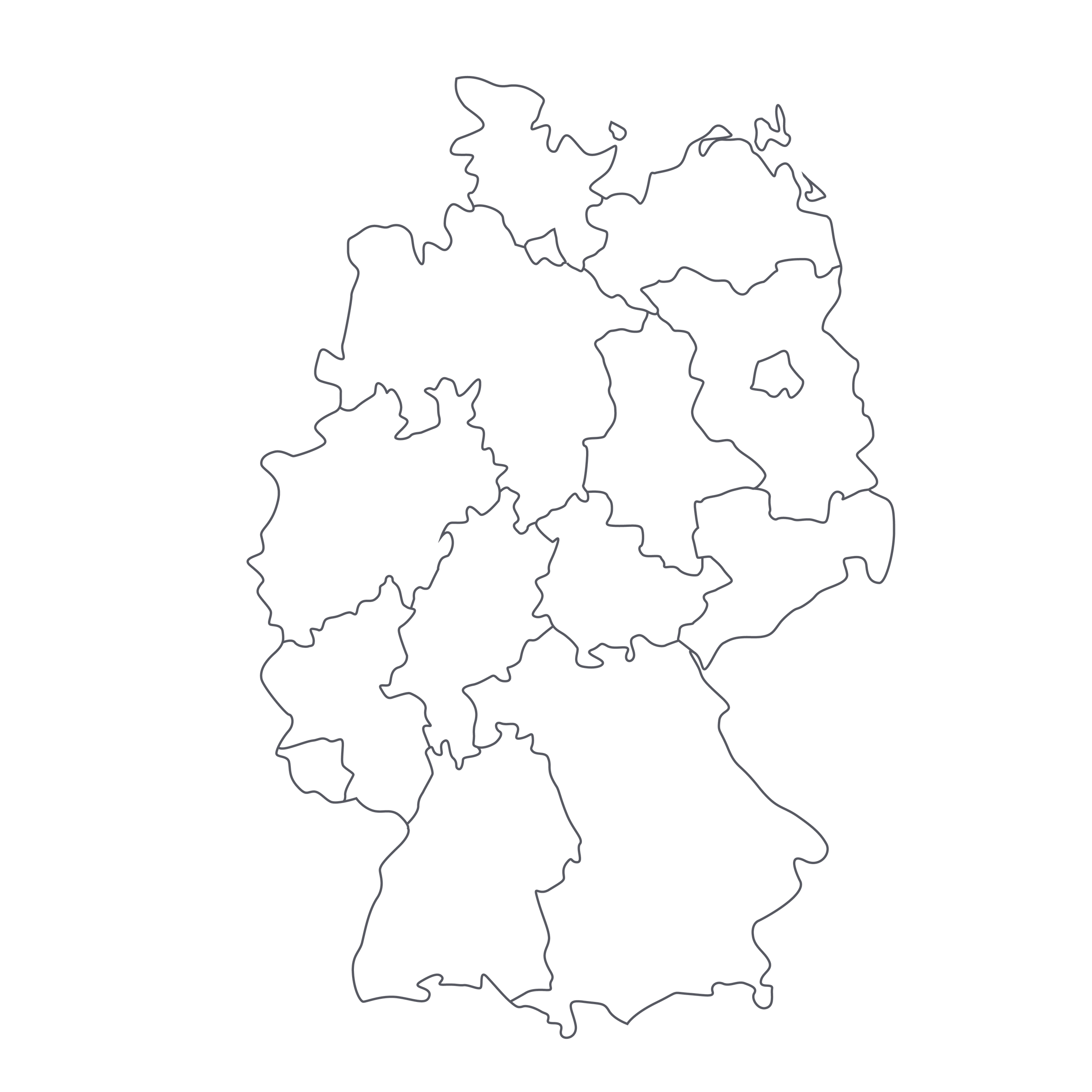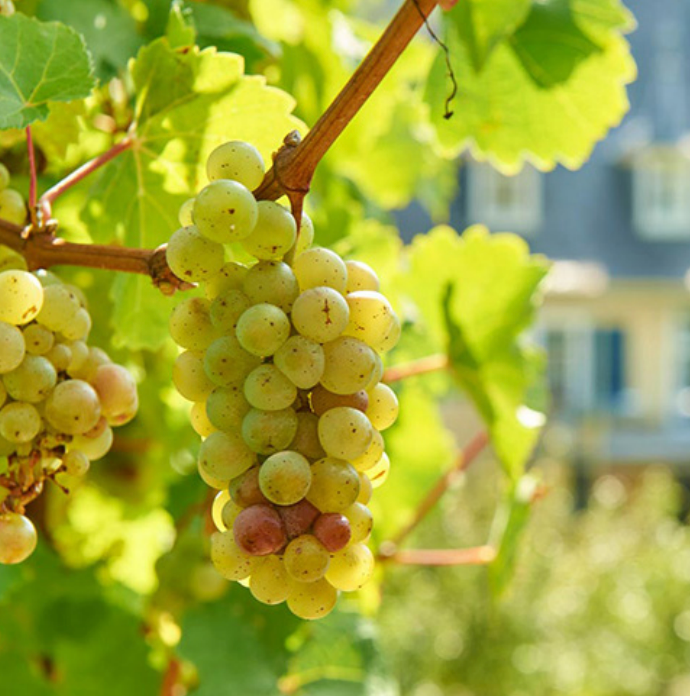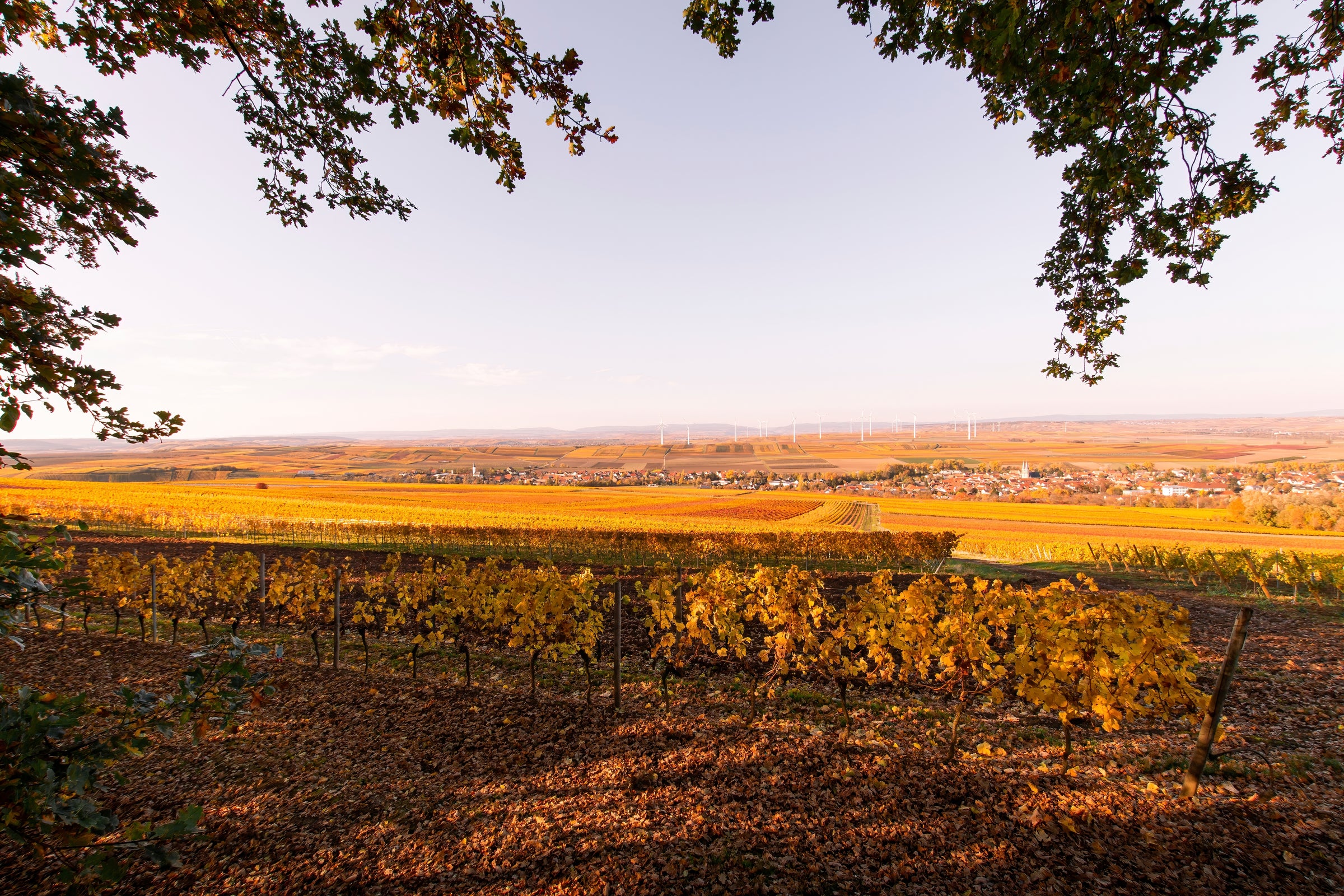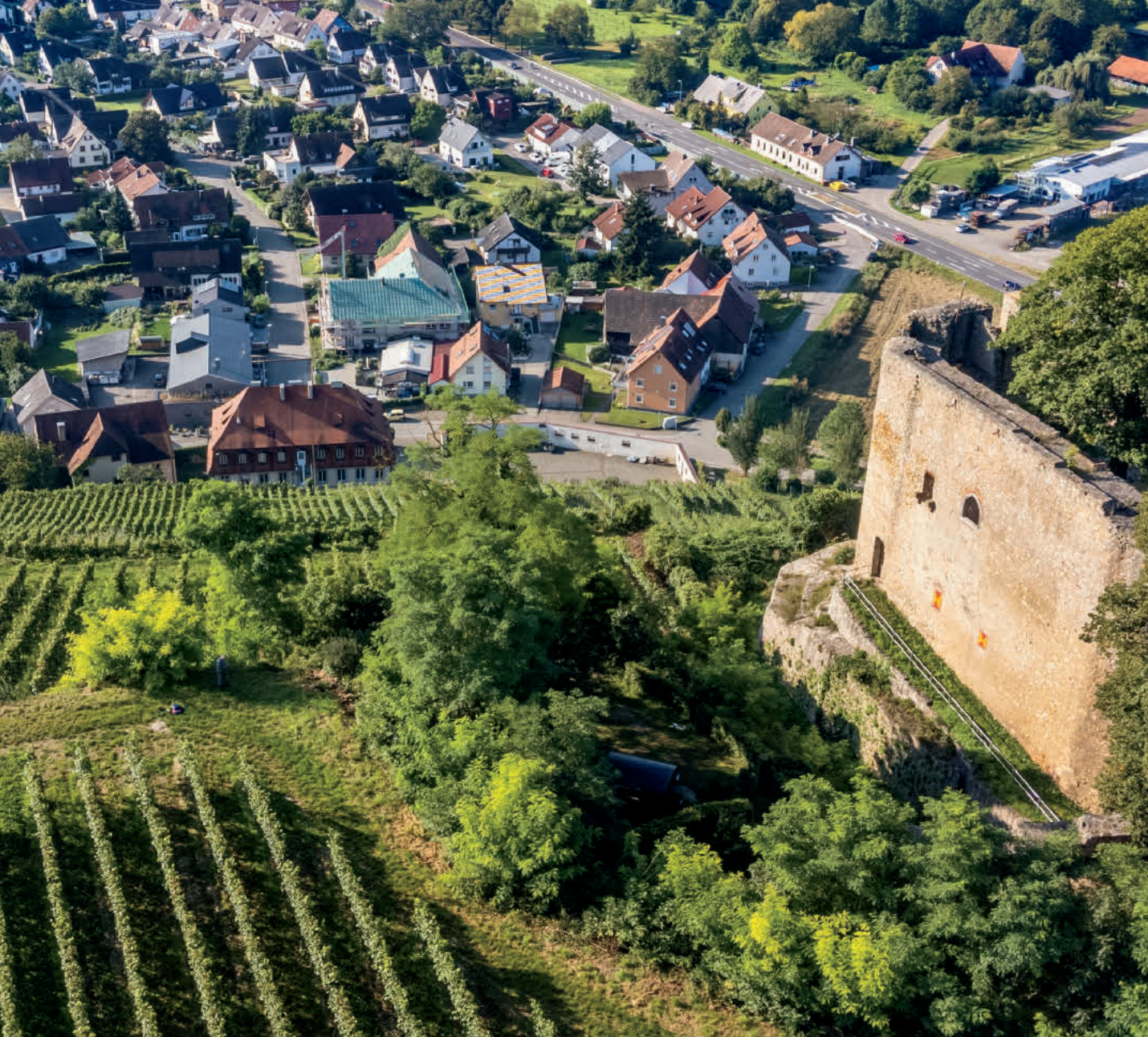Over the last few years, Eva Fricke’s limited range of bone-dry Rieslings has taken the world by storm. Eva went from quietly producing 400 bottles of wine in 2006 while managing the cellar at the illustrious Weingut Leitz to becoming one of Germany’s most celebrated “new school” cult producers.
In addition to training under several German legends, Eva has also worked in the cellars of Spanish icon Dominio de Pingus and one of my favorite traditionalist Barolo houses, Castello di Verduno. Though Eva’s estate is only in its seventh year of existence, you’ll find these incredibly well-priced gems in Michelin-starred restaurants around the world. If you’re lucky, you might even stumble across a few bottles in boutique wine stores. Other than that? You’re out of luck. When we last offered Eva’s “Lorch” bottling, it flew out of our warehouse with such speed we could barely apply our purple stickers. The good news is, we negotiated our way into another micro-allocation: “Kiedrich” (home to the spectacular “Gräfenberg” and “Turmberg” wines from Robert Weil). With accolades like “Newcomer of the Year,” “Best Start-Up,” “Rising Star of the Year,” and, most recently, “Riesling Heroine 2016, there’s no way you can skip Eva’s amazingly priced, bone-dry (and age-worthy!) Kiedricher Riesling—but there isn’t enough for everyone, so act accordingly!
Focused exclusively in Germany’s Rheingau region, Eva Fricke organically farms a small number of old, frighteningly steep vineyards throughout the villages of Lorch, Lorchhausen, and Kiedrich—her winery is just next door in Eltville, adjacent to the Rhine River. Eva is a known Burgundy enthusiast and she vinifies and labels her wines with a noticeably ‘Burgundian’ approach. She has Bourgogne blanc-equivalent “regional” Rheingau Rieslings all the way up to single “cru” wines. Today we are offering Eva’s 2015 Kiedricher Trocken, her version of Premier Cru-level Riesling. Her expansion into Kiedrich is a new venture and although she both owns and rents these vines, all are farmed organically.
Fricke believes her organic philosophies (she’s the daughter of two doctors, meticulous work is a must!) allows soils to flourish and her vines to reach their highest potential, and, in 2016, this was markedly true—every Germanophile adores the vintage. I concur with the current tidal wave of critical praise regarding Eva’s wines and their almost limitless cellar potential. Everything I’ve tasted is already breathtaking now and it is in no way a stretch to say that (a) Eva’s are some of the finest in the region and (b) that they will probably hit their peak drinking window in the 2030s. Still, the beauty of aging Riesling—even ones aged solely in stainless steel—is that the most long-lived expressions of the variety aren’t closed and opaque in their youth. On the contrary, today’s wine is lively and extroverted now and will remain so for quite some time.
Eva Fricke’s 2016 “Kiedrich” shines a platinum straw-yellow with bright green and silver reflections at the rim. The wine displays incredible citrus perfume on the nose and is an electrifying joy to dip your nose into. Aromas of candied lime are followed by white peach, green apple, grapefruit zest, meyer lemon, tangerine, citrus blossoms, white flowers, and crushed rocks. Generously medium-bodied, the wine’s mixture of high-toned green fruit blitzes your palate, accentuated by breathtaking freshness and a crunchy core of crushed rock minerality. It’s an intense Riesling that delivers in waves, but all is moderated by an air of elegance on the finish. Consume in white wine stems—or, as recommended by Eva herself, large Burgundy stems—and be sure not to drain the bottle in 30 minutes because our bottle evolved beautifully over several hours; feel free to lose some in your cellar, too, as this will keep over the next decade-plus with ease. Pair the attached citrus-seafood salad with this wine (and ones you hold close) and enjoy!






